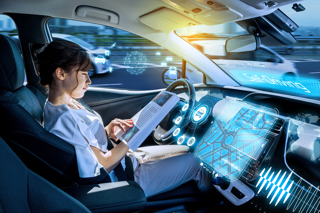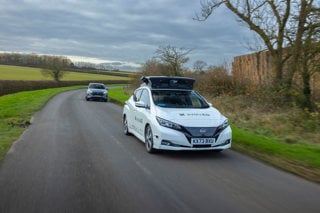Self-driving cars will not be a panacea for road deaths, and could even worsen road safety for other drivers during the long transition period, according to a new report by the University of Michigan.
The study points out that current self-driving car prototypes are not able to cope with fog, snow or heavy rain because of the limitations of current sensing technology.
The authors question the ability of an autonomous vehicle to negotiate unusual road users, such as horses, or situations where police or construction crews are required to direct traffic.
Obstacles, such as a flooded road or downed power line, are also expected to prove problematic for years to come, according to the researchers.
The authors of the report also looked at the potential implications of self-driving vehicles interacting with human drivers. Drivers today often use eye contact and proceed according to visual feedback from other road users. This feedback would be absent in interactions with self-driving vehicles. The implications of this lack of feedback have yet to be studied but could worsen road safety for conventional drivers according to the report.
Commenting on the study, Antonio Avenoso, executive director of ETSC, said: “It’s important that policymakers cut through the hype surrounding self-driving vehicles and start to assess the wider implications of this technology.
"In the medium term, we see huge potential for driver assistance systems such as intelligent speed assistance and autonomous emergency braking to save thousands of lives.
"An EU-backed push for these kinds of technologies today will help prepare drivers, as well as the automotive industry, for a future when self-driving cars become a reality.
"But, as this research highlights, that day is still a long way off. We need to remain focused on how we can save lives this year, not just in 10 or 20 years.”
Download the study.




















james diamond - 28/02/2015 18:41
the only thing that I can imagine is the other drivers causing the accidents not the self driving car.